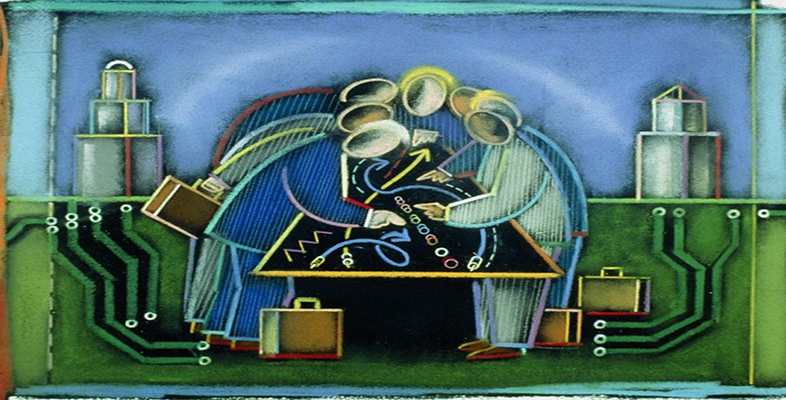4.4.2 Learning
Knowledge as a core capability is of relevance to learning, and so it is useful to briefly examine a few points about learning here. The first is to recall Zawislak et al.’s (2012) definition of an innovation capability and their acknowledgement that organisational learning sits at the core of that capability. It also means that as this is a meta capability, and therefore incorporates other capabilities, learning is therefore relevant to them all. The second is to record Dodgson et al.’s succinct note that ‘Learning can be described as the ways firms build, supplement, and organise knowledge around their capabilities and processes and within their cultures, and adapt and develop organisational efficiency through improving their use.’ (2008, p. 121).
Note, once again, that this description of learning is not only relevant to ‘firms’ but to organisations more generally. Thus any organisation can and should aim to be a learning organisation. But I should also add that for organisations that operate in environments that are subject to rapid and disruptive economic, technological or social change, a certain type of learning is important. Specifically, this means moving beyond ‘learning’ by ‘doing’ or ‘using’ (frequently referred to as ‘single-loop’ learning), which follows a linear process of error-detection-correction which is suitable for adapting and improving existing competencies/capabilities (and is probably the type of organisational learning most of us will be familiar with) to double- and even triple-loop learning (Argyris and Schon, 1978).
There is a wealth of material on these forms of learning available on the internet and as they are also the staple of many training and management consultancy programmes you may well be familiar with them. Indeed, many organisations claim to have moved beyond single-loop learning to the more sophisticated double and triple-loop examples.
Double-loop learning is a four stage process of error – detection – correction – modification ‘which questions the validity of current competencies and facilitates the construction of new ones … It is a key element of a firm’s [an organisation’s] innovative capabilities.’ (Dodgson et al. 2008, p. 121). Double-loop learning is often associated with ‘thinking outside the box’. In other words, creativity and critical thinking are (or should be) a core feature of this approach.
Triple-loop learning is frequently seen as learning how to learn, primarily by reflection on the learning process. It is also sometimes referred to as double, double -loop learning (i.e. double-loop learning about double-loop learning).
Having now established what the basic anatomy or building blocks of a capability are, it is an appropriate point at which to move on and delve deeper into the composition and strategic significance of competences and capabilities.
